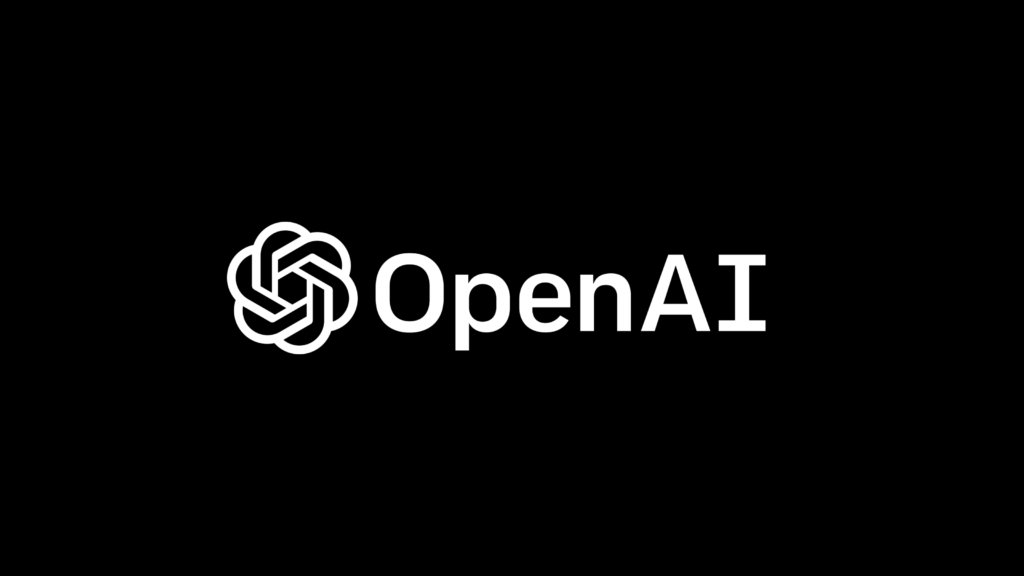
With jobseekers taking to social media, review sites and industry forums to talk about their experiences, creating a positive candidate experience during a hiring process is a strategic imperative rather than a mere nice-to-have for organizations today.
A positive candidate experience sets the stage for a long-lasting relationship, even if they don’t land the job this time.
Creating a Positive Candidate Experience:
1. First Impressions:
Candidates form lasting impressions based on their initial interactions with the company. Starting from crafting a compelling job ad, every touch point matters and adds to shaping the candidate’s experience. Remember, their negative encounters can cast a shadow and may deter future applicants.
2. User-Friendliness:
Lengthy application forms can repel the candidates, what you need is an interactive process that also respects their time and makes them enjoy the process of providing you their details.
3. Communication:
Silence during the hiring process can be a misstep while prompt and personalized messages with status updates help keep the rhythm alive and the candidate engaged.
4. Timelines:
How quickly are you able to move the candidate through the pipeline? Time is of the essence, streamline your process without compromising on quality. Respect their time and they will appreciate it.
5. The D-Day:
Interviews are more than Q&A sessions. Candidates appreciate clear instructions, respectful interactions and a deep dive into skills and aspirations that reveal their character. How swiftly are you able to move the candidate from application to interview stage? This matters too.
6. Role of Technology:
Invest in a technology like Hirewand that enhances the candidate’s experience. Hirewand’s Chat bot captures the preferences of every candidate interested in a job, easing the recruiters and helping them quickly move more candidates through the pipeline thus reducing the overall time to hire.
Today, hiring success largely depends on how we engage with potential hires. It all starts with a commitment to change and streamline the hiring processes, partnering with the right technology and paving the way for better candidate experiences.
To read this on LinkedIn – https://www.linkedin.com/feed/update/urn:li:activity:7208387265960501248












